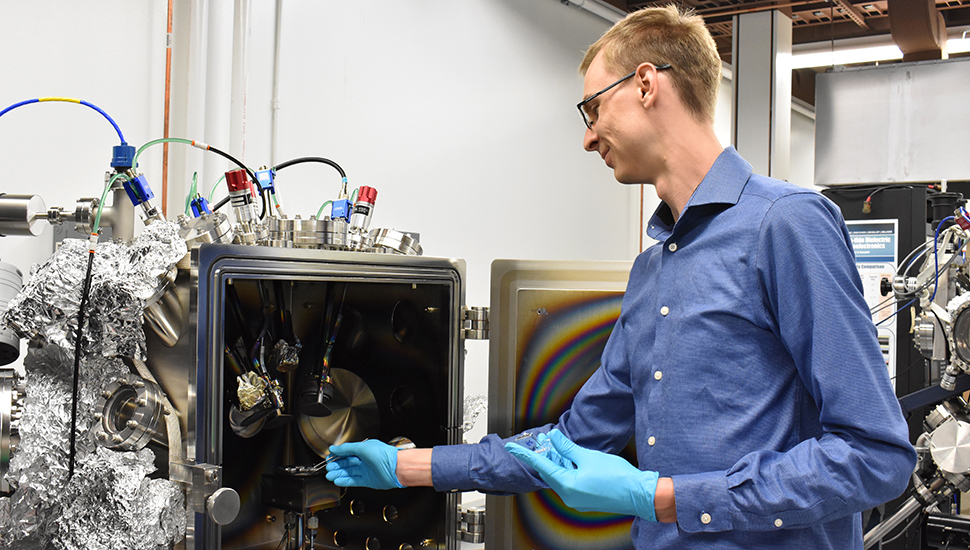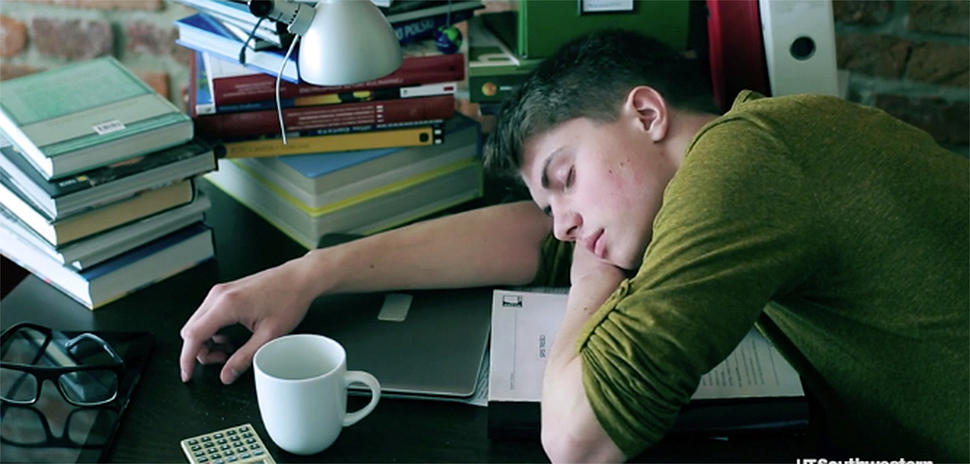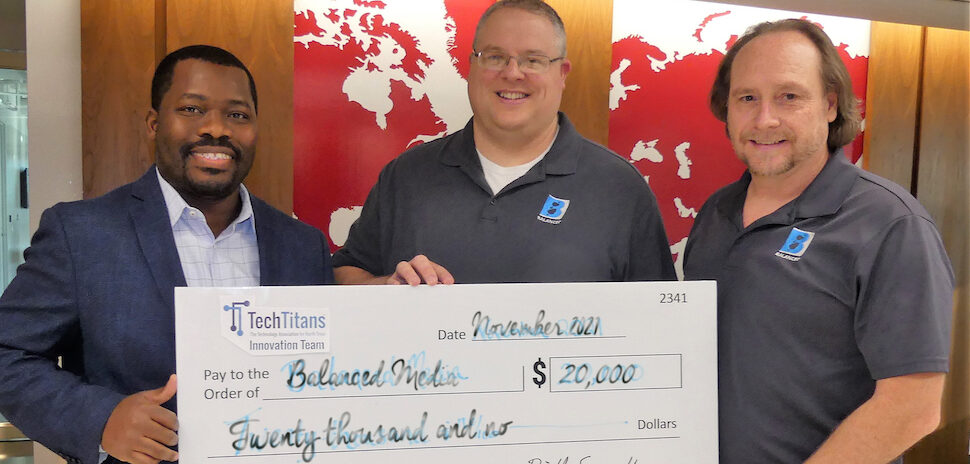STUDY EXAMINES OUR NEED FOR SLEEP AT THE MOLECULAR LEVEL
![]() How can sleep-deprived mice and Sleepy mutant mice advance the knowledge of why animals — including humans — need sleep and how it’s regulated at the molecular level?
How can sleep-deprived mice and Sleepy mutant mice advance the knowledge of why animals — including humans — need sleep and how it’s regulated at the molecular level?
An international study published this week looks at how we go to bed tired, but wake up refreshed, and how that happens at the molecular level.
The testing was done on two types of mice — ones that were naturally sleep deprived and other so-called Sleepy mice or mutant rodents with a genetic mutation that confers an unusually high sleep need, according to UT Southwestern Medical Center.
“Although sleep exists in all animals, why sleep is needed and how sleep is regulated remain a mystery.”
Dr. Qinghua Liu
The Sleepy mouse was identfied in a study uniting Dr. Masashi Yanagisawa and Dr. Joseph Takahashi at UT Southwestern’s Peter O’Donnell Jr. Brain Institute. Takahashi is chair of neuroscience, a Howard Hughes Medical Institute investigator, and holds the Loyd B. Sands Distinguished Chair in Neuroscience. Yanagisawa is director of the University of Tsukuba’s International Institute for Integrative Sleep Medicine in Japan.
“Although sleep exists in all animals, why sleep is needed and how sleep is regulated remain a mystery. We set out to investigate the molecules that govern sleep need (or sleep pressure),” said Dr. Qinghua Liu, an associate professor in UTSW’s Center for the Genetics of Host Defense and of Neuroscience, said in the release.
He described sleep need as the feeling of tiredness that builds up during waking hours.
Researchers looked at protein phosphorylation, a biochemical process modifying the function of proteins by adding a phosphate group. They found a set of 80 proteins (which they referred to as Sleep-Need-Index-Phosphoproteins or SNIPPs) were hyperphosphorylated in the brains of sleep-deprived and Sleepy mice. As sleep need increased, so did the rate at which these proteins went through phosphorylation. While asleep, phosphorylation of these proteins in the brain dissipated.
The team of researchers believes that the phosphorylation/dephosphorylation cycle of SNIPPs could be key in how the brain resets itself every night.
“Previous studies suggested a close link between sleep need and synaptic plasticity (the strengthening and weakening of synaptic connections between neurons that is linked to thinking and learning). Intriguingly, the majority of SNIPPs are synaptic proteins, including many regulators of synaptic plasticity,” Liu said.
Find out more about the work here.

Tom Cunningham has been recognized for his work on homeostasis. [Photo courtesy of University of North Texas Health Science Center]
RESEARCHER’S WORK EXAMINES WATER RETENTION IN HEART FAILURE
A researcher at the University of North Texas Health Science Center is looking into ways to understand and prevent the problem of water retention related to heart failure, a condition that can decrease a person’s chances of survival.
“We want to find a way to understand and prevent the problem in the first place,” Tom Cunningham, a regents professor of physiology and anataomy at UNTHSC.
“We want to find a way to understand and prevent the problem in the first place.”
Tom Cunningham
Water retention is a major problem for many of the estimated 6.5 million people who live with heart failure, and Cunningham has spent much of his career trying to address such conditions and better understand homeostasis — how the body maintains its internal equilibrium.
Cunningham has been recognized recently with a $2.2 million grant from the National Institutes of Health that will be used to further his research on vasopressin, the so-called antidiuretic hormone, according to UNTHSC.
He also received the Leonard Share Award of the Water and Electrolyte Homeostasis Section of the American Physiological Socieity.
You can find out more here in Jan Jarvis’ report.

UNT graduate student Benjamin Sirota [Photo courtesy of University of North Texas]
PROTECTING NANOELECTRONICS: UNT GRADUATE STUDENT HAS AN ANSWER
A University of North Texas Ph.D. graduate student has developed a way to protect the tiniest nanoelectronics, making them longer lasting and have better electronic stability.
Benjamin Sirota wrote about this method in a paper published in Nature’s Scientific Reports, according to UNT.
“I used boron nitride to act as a barrier to outside oxidizing substances.”
Benjamin Sirota
“When dealing with electronics at the nanoscale, exposure to foreign substances can have devastating effects,” said Sirota in a release. “Remember, we are dealing with electronics at the smallest scale. Main electronic components such as transistors can now be made from metal dichalcogenides films only a few molecules thick. Even the smallest amount of air, moisture and/or temperature increase will result in oxidation and deterioration of the transistor rendering it unreliable.”
How did he do it? After two years of research, he developed a metal film for nanoelectronics that can be sandwiched with an ultra-thin protective layer, UNT said.
“I used boron nitride to act as a barrier to outside oxidizing substances,” Sirota said. “This unique combination of materials not only protects the nanoelectronics, but also allows for improved electrical flow and chemical stability even at high temperatures.”
READ NEXT
Discovery: $2M State Grant Helps UTA Recruit Renowned Prof, Tiny Fish Aid Childhood Cancer Research
![]()
Get on the list.
Dallas Innovates, every day.
Sign up to keep your eye on what’s new and next in Dallas-Fort Worth, every day.

































